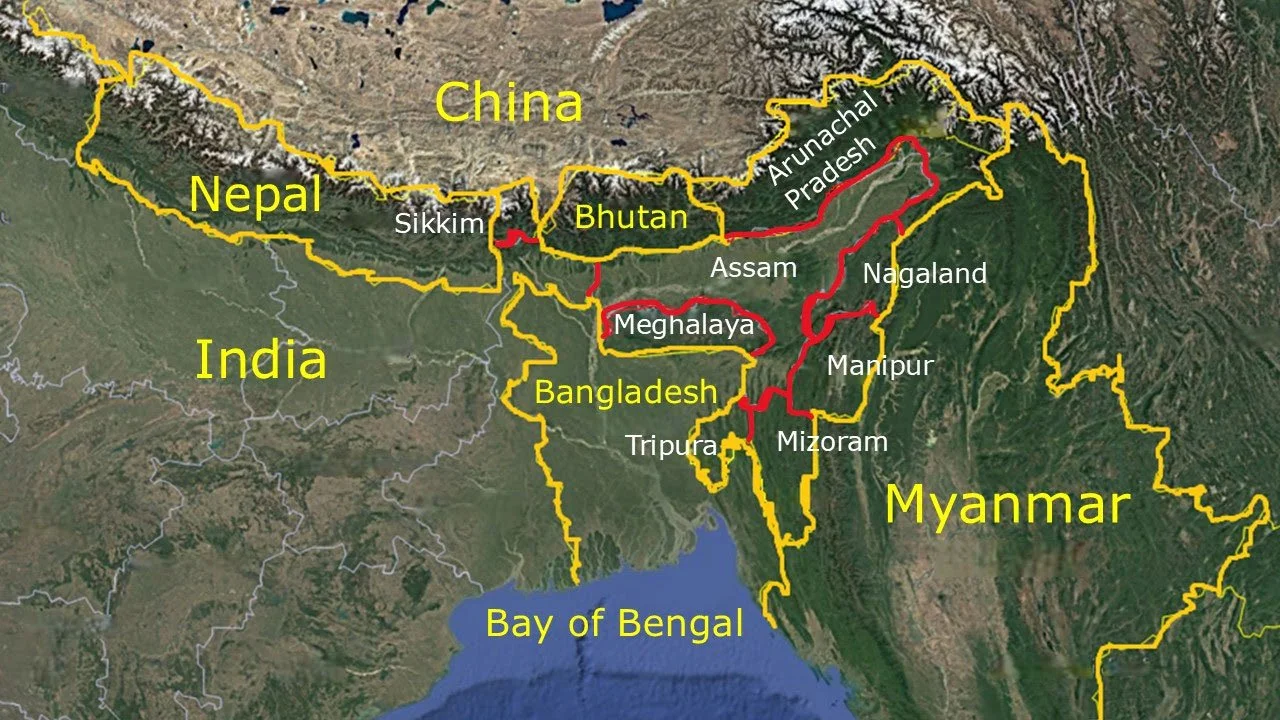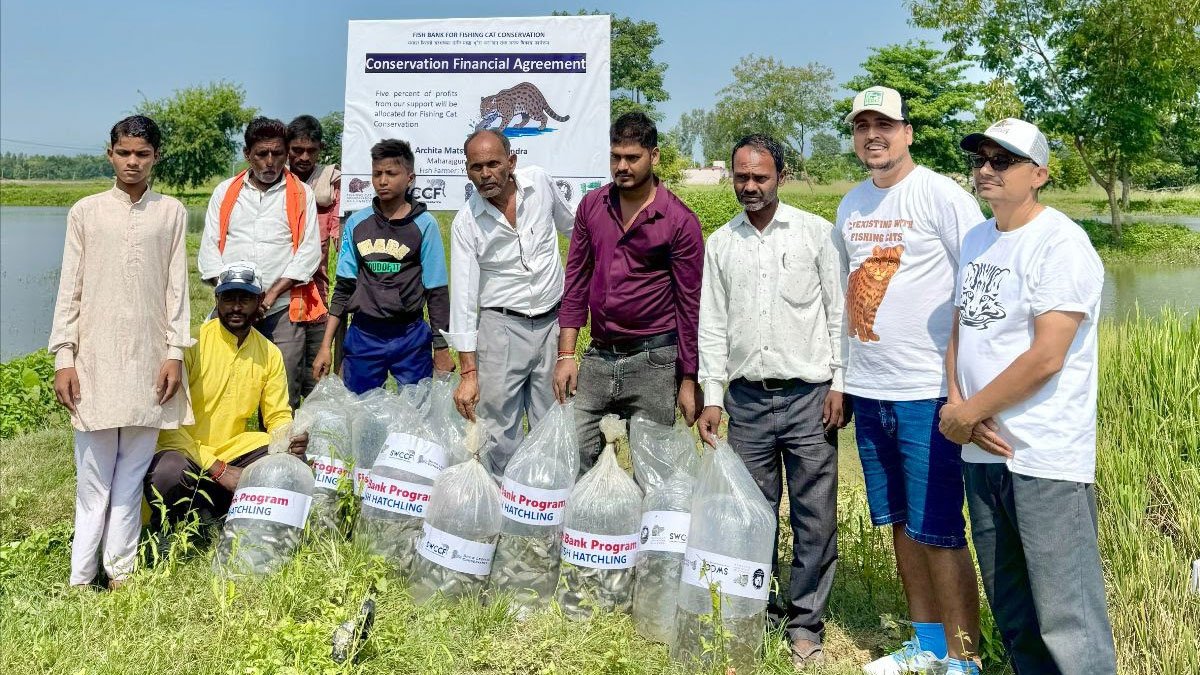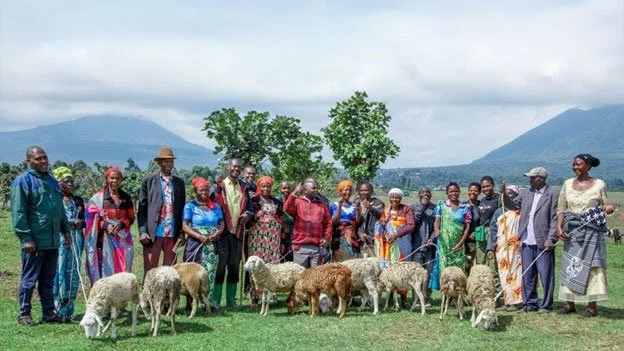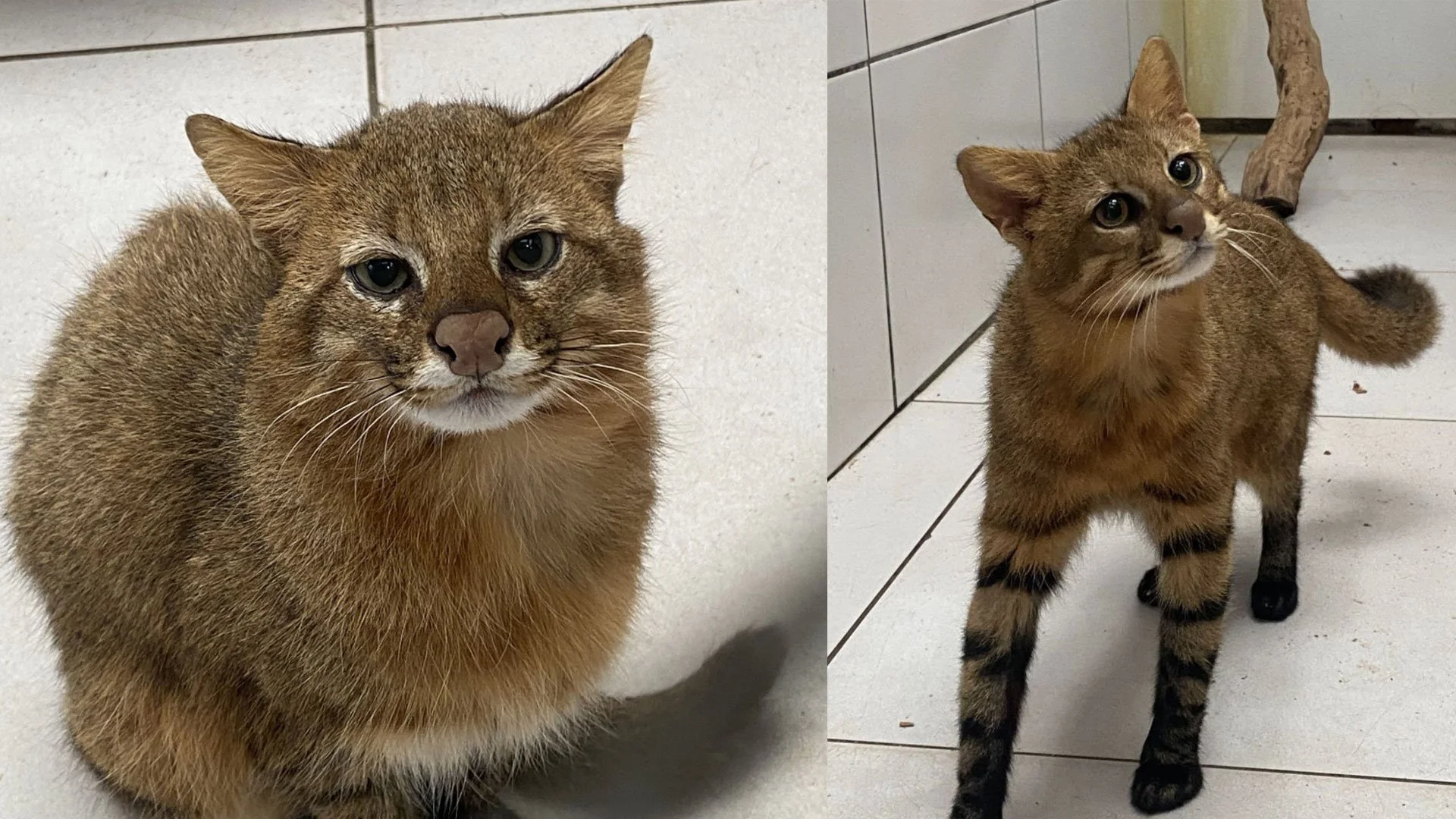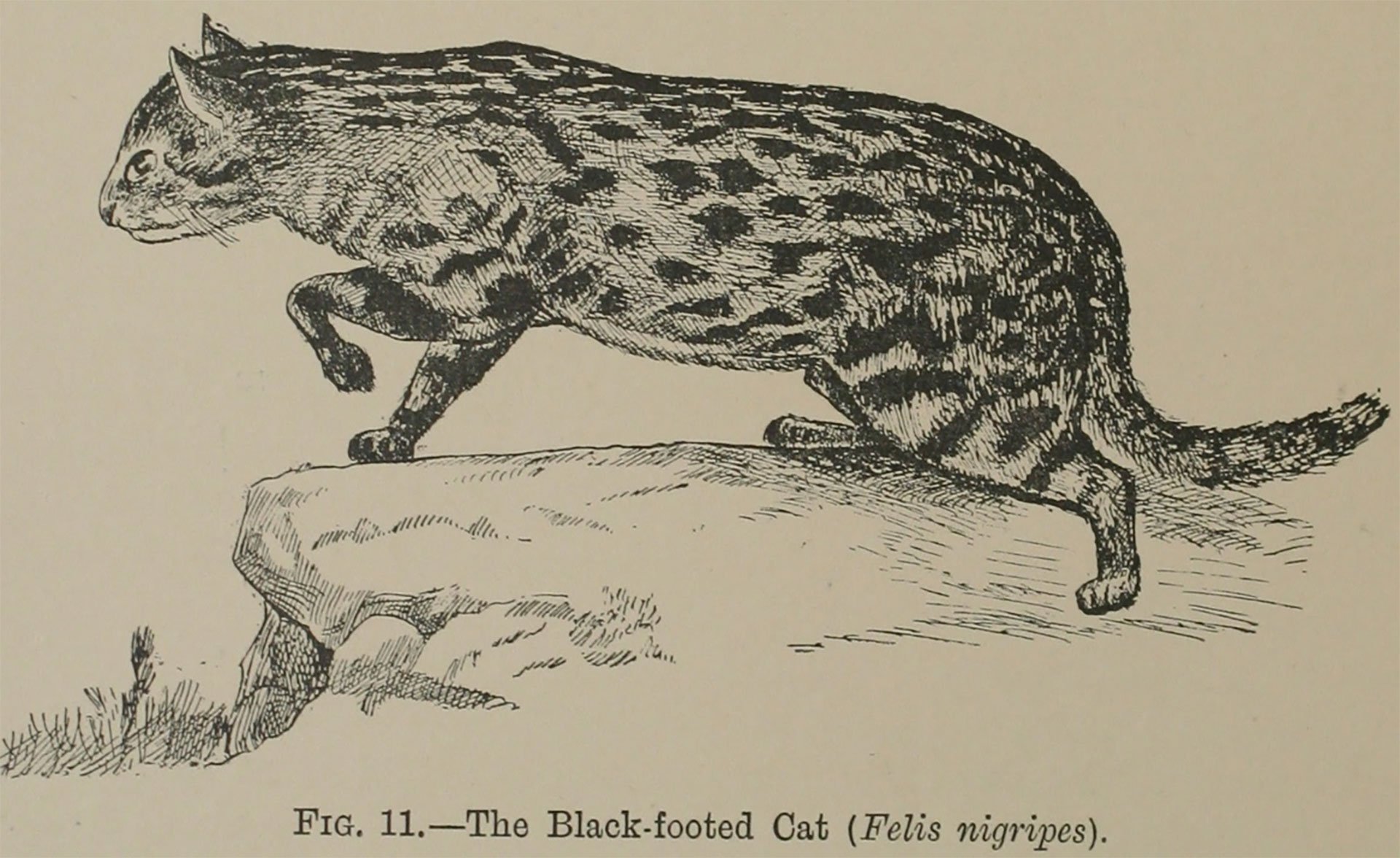SWCCF News 2025 10b
New home for three Savanna Pampas cats
Jim Sanderson
I'm pleased to share the good news that the three Pampas cats I previously called attention to have been moved to new homes at Curitiba Zoo. Within three weeks following my visit, Brazilian state and federal officials worked hard to ensure the three individuals were moved to proper enclosures. The officials did what they said they would do. I know we are all grateful. What an improvement from the bathroom-like, urine-stained cage he was formerly kept in for more than one year! Note that his paws feel grass instead of tile, his back feels the sun, he breathes outdoor air, and he sees the outdoors without looking out a shuttered window.
In the previous issue, I wrote that the three Savanna Pampas cats (Leopardus braccatus) were siblings. In fact, they were unrelated so this is why a pair were in one enclosure and the male was in another enclosure. Cats being cats, we might anticipate seeing kittens in the near future.
There is even more good news to share regarding a new rescue and rehabilitation center being planned for Rio Grande do Sul, but I prefer to let my Brazilian colleague explain more in a future issue. Small cats have many friends in Brazil.
Small Wild Cat Conservation Foundation
Eastern Himalayan Marbled Cat Project
Giri Malla, India
Fish Banks: Success creates a new chapter in coexistence
Ganesh Puri, Nepal, Western Terai Fishing Cat Conservation Project
When news reached us of a Fishing cat being killed in a new area of Kapilvastu, we knew we had to act quickly, Retaliation is a primary threat to these elusive cats, but we know how to resolve this issue. Our Fish Bank program, already proven effective in many villages, offered a way forward.
Together with local farmers, we established a brand-new Fish Bank in this high-risk area. Six committed farmers came together, and among them, fish farmer Yogendra Chaudhari offered one of his ponds to be developed as the Fish Bank site. With our support and a formal agreement, 15,000 hatchlings were released into the pond. The agreement is simple but powerful: Farmers pledge not to harm any wildlife, including Fishing cats, and in return, they gain support for their fish farming. In addition, 5% of the profit from our hatchling program is reinvested in restocking hatchlings, equipping guardian clubs, and maintaining trail cameras that contribute to Fishing cat conservation.
At the same time, we formed a Fishing Cat Guardian Club with local youth, training them on Fishing cat ecology, their habitats, and how to use trail cameras to monitor wildlife. To strengthen protection, we also installed five trail cameras in the area with the active participation of the farmers and youth, turning them into frontline stewards of conservation. The excitement was contagious. "Now that we know the Fishing cat and the opportunities it creates for us, we will do everything we can to save them," said Yogendra, his eyes bright with enthusiasm as he stood by the pond.
This expansion of the Fish Bank is more than just a project, it's a promise built on trust. Fishing cats and communities can thrive side-by-side, and every pond, every hatchling, every guardian, and every trail camera is a step towards a safer future for Fishing cats. Our Fish Bank program is a life-changing experience for everyone involved, including me.
Western Terai Fishing Cat Conservation Project
Rescuing, rehabilitating and releasing Guignas
Fernando Vidal, Chile, Fauna Andina
The first rescued Guigna, an adult male weighing just 2 kg, arrived at Fauna Andina in 2005. Prior to being rescued, he was confined to the back of a pick-up truck for more than a year. His rehabilitation required ten months. For the first time, visitors to our rescue center could see how lovely the little devil really was. With more successful rescues, Fauna Andina became the Go-To place to film Guignas. That same rescued Guigna was filmed by the BBC. National Geographic has also documented Guignas at our center.
Fauna Andina is located in a rural area adjacent to native Valdivian forest where wild Guignas roam. We have three fully stocked hen houses supplying us with eggs. Thus, every time we talk to farmers that suffered the impact of predation on their hens, the farmers know we are in the same situation. This relationship allowed us to help our neighbors prevent losses. Instead of killing Guignas, our neighbors write from time to time to let us know when Guignas visit..
The last event occurred a few weeks ago, when a farmer asked us for help since one Guigna entered a hen house. But surprisingly, the residents were happy that a native wild cat was visiting their property. They had read our post in the media and the family had been following our stories about the rescue of two kittens during the last two years. One question of great concern was what will be the fate of the Guigna if it was captured by authorities and translocated. Will the Guigna survive translocation? Little did they know their question carried a profound message. They were concerned more for the fate of the Guigna then their hens. Their children insisted the Guigna be left alone
The Guignas at Fauna Andina are housed in large outdoor enclosures that enable us to learn more about Guigna natural behavior. We know female Guigna chose their male mates. A random male introduced to a female might be found unsuitable for breeding. The Guigna birth rate is low; like Margay, Guigna give birth to a single kitten. Though precocious, the kitten can stay with the mother for a year or more. Typically, annual births are a rarity. We've observed that births take place in fallen hollow logs where the kitten is safe. Their diet consists of rodents, occasional small birds, and insects. They might live a decade in the wild. Melanistic Guignas might account for 25% of the population. Guigna are found in the temperate Valdivian rain forest and the Mediterranean ecoregion of Chile's central valley that is similar to California's central valley. Both are dominated by agriculture, especially vineyards.
We have released many rescued and rehabilitated Guignas. Some return to our center for brief visits. Through our social media efforts, we continue to inform people about Guignas.
JGS: Fernando has so many stunning pictures of Guignas, it was difficult to chose just one.
Fauna Andina
Turning poachers into African golden cat conservationists
Irene Natukunda, Uganda, African Golden Cat Conservation Alliance
A community-led conservation initiative is transforming former poachers into stewards of the African golden cat around Mgahinga Gorilla National Park, Uganda.
Since 2024, our project has mobilized 123 former poachers through targeted awareness trainings, distributed 20 ewes now increased to 36, and established two community-led loan programs with 216 members. These interventions offer sustainable alternatives to bushmeat hunting and promote income generation.
A remarkable turning point came when the group chairman, once a poacher, pledged to provide free basic veterinary services to all project livestock, an inspiring sign of deep community commitment. With ongoing support from park authorities, these locally-driven efforts have strengthened protection not only for the elusive African golden cat but also its entire habitat.
We hope to expand this successful model across neighboring communities and secure lasting impact for the African golden cat.
